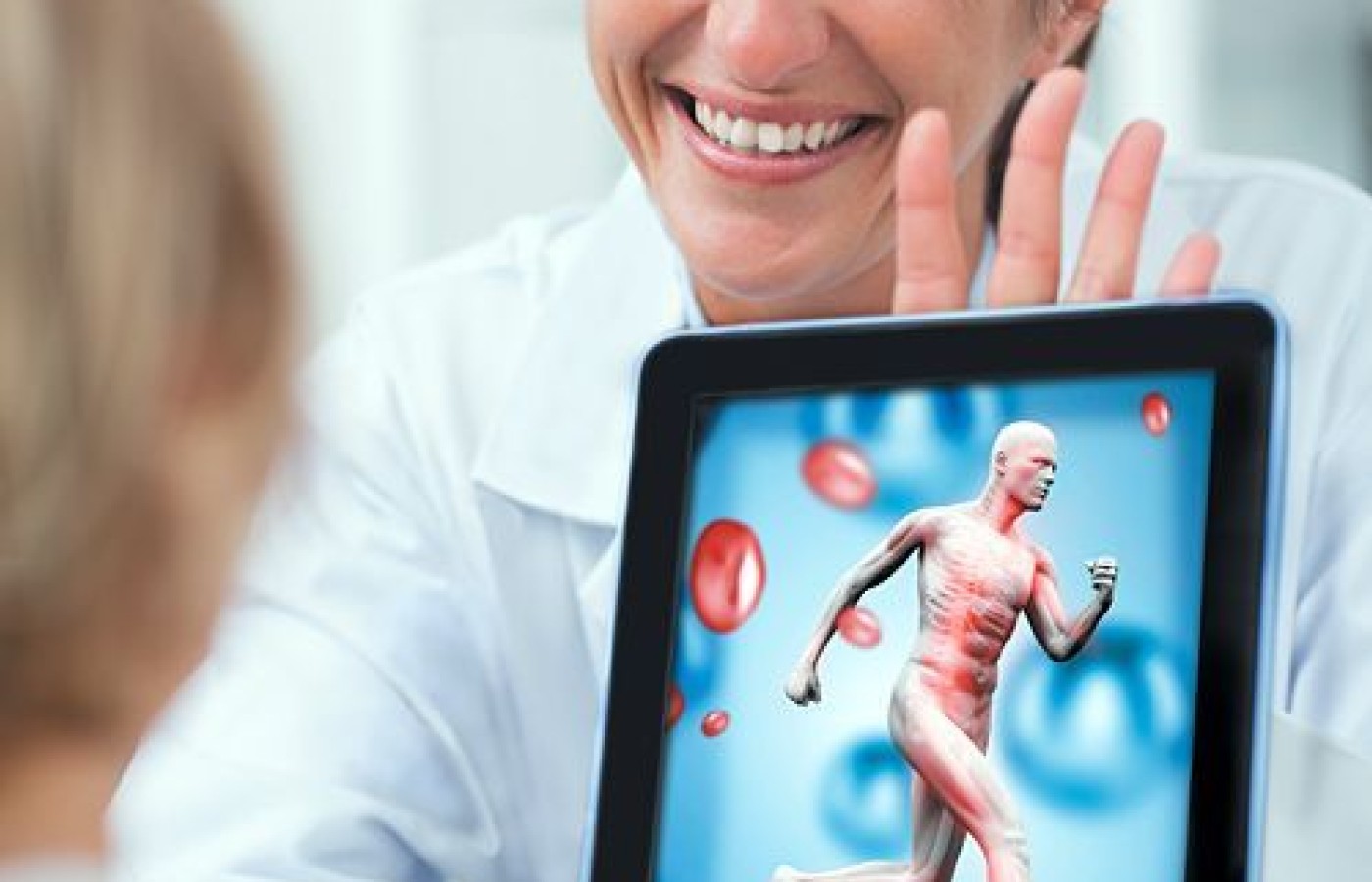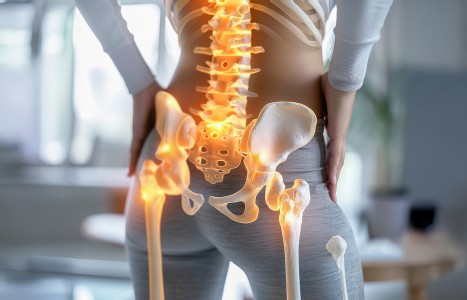Being proactive vs. reactive with tax planning will have a tremendous impact on profitability and long-term wealth creation. Keep in mind, I am not a CPA and I am not giving tax advice. Rather, I’m passing on information that I learned as a practice owner and now implement in my financial planning practice. While not an exhaustive list, here are a few items to contemplate in 2025 as you watch the dollars in your practice.
The High-Tech, High-Touch Revolution Has Arrived
One of the positive outcomes of an economic slowdown is the innovation that can come out of it. A select few chiropractic industry leaders are responding to the social media focused marketing trend by creating products and services that mainstream chiropractic into our high-tech, smartphone, connectivity-dependent society.
Technology, as a whole, is advancing at an unbelievable pace. The NASA computer that fit in one room 50 years ago, is dwarfed in computing capability by a smartphone that fits in your pocket. Even early versions of Static sEMG are nearly obsolete. When this innovation emerged in the early 90's, attempting to provide a user-friendly technology that produced patient-friendly graphics, it not only forged the way for evidence-based practice, providing objective data that chiropractors need and patients want, but also provided an effective tool for internal marketing and spinal screenings, a mainstay for generating new patients.
Surface EMG technology helped to modernize outdated attempts at selling the elusive subluxation, think "kink in the hose" and "bone on nerve" metaphors, that lacked the necessary high-tech luster required in a leading-edge chiropractic practice. Surface EMG made it possible to move past these generalizations and offer a personalized view into the patient's spine.

Doctors and patients alike, eagerly embraced Surface EMG for its objective data and easily interpreted, visually stimulating graphics. Another benefit of personalized spine data was an evolution to incentive motivation by the chiropractor. The goal of overall health and wellness, as opposed to symptomatic crises care, emerged as a "carrot" to be dangled in front of the patient. The ease of periodic testing allowed the chiropractor to adjust treatment protocols to maximize health goal achievement for the patient.
The Mobile Revolution
A shortfall became evident with the emergence of mobile connectivity. Health care consumers became more informed and better educated about chiropractic, and health in general, because they were gaining easier access to endless information on the Internet.
The most recent wave of innovation to be embraced by healthcare consumers is the smartphone. The rampant rise of smartphone use has given way to a flood of new mobile health applications and tools for both consumers and professionals. According to the marketing group QuinStreet, the number of people who downloaded health-related apps nearly doubled from 2011 to 2012.1 This piqued interest has inspired the U.S. Department of Health and Human Services to define this mobile phenomenon, "mHealth," as "the use of mobile and wireless devices to improve health outcomes, health care services and health research."
As mHealth is emerging as mainstream, it is important to clarify that of the 40,000 health oriented apps on the market, chiropractic-centric ones are few and far between. This is not surprising given that chiropractic has traditionally held fast to a low-tech, high-touch philosophy. Unfortunately, patients are demanding high-tech, high-touch health care in an evidence-based, patient-centered environment.
It is time for chiropractors to embrace the "smart age" and embark upon the next generation of marketing technology. Incorporating current technology is essential in balancing the business of healthcare with the practice of chiropractic.
Visual Results on SmartPhones, iPads
The modern iteration of the Surface EMG, like the smartphone, dwarfs the vintage version. Better graphics, faster, more reproducible test performance and wire free sensors are obvious improvements. The true metamorphosis lies in the enhanced software technology and test results mobility. Surface EMG graphical results are emailed instantaneously to a patient's smartphone or iPad.
The chiropractor can now reinforce the need for care and address patient concerns with spine specific data, keeping them focused on function instead of symptoms. The patient can receive personalized spine specific feedback they can carry with them on their phone and post on Facebook, text message or email. This arms the patient with indisputable evidence to show family, friends and co-workers the "why" to seek and continue chiropractic care, neutralizing cynicism and garnering support.
It is commonly known that patients retain only 20% of the information communicated by the doctor.2 The ability to immediately reinforce the doctor's message via the patient's smartphone empowers the chiropractor with a more effective means to manage the doctor-patient relationship by providing a strategy for communicating pertinent and appropriate information consistently.
[pb]Patients benefit greatly from smartphone communication technology, whether focused on general patient education, sEMG findings, specific condition information, x-ray findings or health and wellness topics. These tools reinforce the "why" of seeking chiropractic care and put this information in the hands of your practice advocates so they can easily share the information with others.
In this highly competitive healthcare market, fostering patient-centered care is in the consciousness of most every healthcare leader. Chiropractors, as well as other healthcare providers, no longer enjoy the luxury of building relationships and trust over time. There is one chance, one opportunity, to make a connection that inspires confidence on behalf of the patient.
Causal Motivation
Your business viability and lifestyle sustainability depends on your ability to deliver evidence-based care in the current patient-centered healthcare paradigm. More importantly, don't jeopardize missing out on prospective new patients because you are not meeting their expectations of objectivity and state-of-the-art technology.
This latest innovation in Surface EMG technology provides a platform for causal motivation. Causal motivation occurs when an environment is created that causes people to WANT to work and be the best they can be. People will work their hardest for something or someone they believe in. Unlike the pamphlets espousing general benefits of chiropractic care, the Surface EMG graphic impacts the patient because it is personal, showing "what's in it for them," a crucial element for causal motivation.
Technology can help to bridge the communication gap and improve adherence to treatment. Mobile devices present a tremendous opportunity to provide patients with even greater access to the powerful tools that support our current dynamic in healthcare delivery.3 The smartphone is undoubtedly becoming an essential collaborator for practicing anytime, any place health management.
Those chiropractors that overcome their fear of technology will prosper in this new fast-paced, social media oriented culture that values evidence over anecdote, data over opinion. To connect with the modern patient means embracing that which they value most: Technology. Embrace it as a profession, and we win the respect of this new techno-savvy population. The result is a new breed of patient that not only value what you do, but is motivated to promote your practice via their smartphones.
References:
- Pogorelc, Deanna. Phones, tablets may become most popular tech devices for docs since the stethoscope. September 25, 2012 MedCity News (www.medcitynews.com).
- Roth, Matt. Sports medicine doctor explains how technology is revolutionizing patient care. Promedica, newswise, August 14, 2012.
- O'rourke, K., Heckman, J., Elwood, D. Development and Exploration of a Multifaceted Social Platform to Improve Patient Education, Communication, and Activity, Medicine 2.0 '12:Boston, USA, September, 2012.



